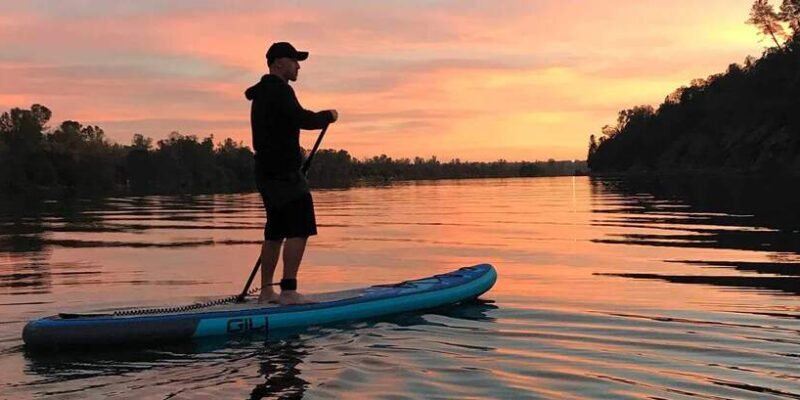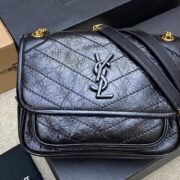Stand-up paddle boarding (SUP) has surged in popularity, leading to an expansive market with a wide range of prices. When browsing for an inflatable paddle board, the sheer variety can be overwhelming. How can prices differ so much for boards of similar size? The truth is, not all inflatable paddle boards are created equal. Here are five reasons why spending a bit more on a quality SUP is worth it.
Construction & Technology
Lower-end paddleboards typically use single or double-layer “dropstitch” construction. This method connects the top and bottom layers of the board with threads, forming its shape and structure. While single-layer dropstitch boards are lightweight and easy to handle, they are flimsy and can’t be inflated to higher pressures. Double-layer dropstitch is more durable and stiff but heavier and harder to roll up when deflated.
In contrast, higher-quality boards use advanced construction techniques that combine a reinforced dropstitch core with durable outer layers and heat-treated seams. These boards are stronger, stiffer, and lighter, offering better performance and durability.
Durability
Durability is crucial when investing in a paddle board. Cheaper boards often start to degrade after just a season or two. This not only looks bad but can also be dangerous if the inflatable chamber fails while you’re on the water. Repairing a cheap board is often not cost-effective or feasible if the structure is compromised, leading to the need for a new board. As the saying goes, “buy cheap, buy twice.”
Deflating Value
Spending more on a high-quality inflatable paddle board might seem extravagant initially, but it pays off in the long run. Quality boards maintain their value better over time, while cheaper ones devalue quickly due to poor construction and durability. When you eventually decide to upgrade, a well-maintained, higher-quality board will be easier to sell.
Lack of Versatility
You might start with basic paddling on flat water, but as you gain experience, you’ll likely want to explore other aspects of SUP, such as longer trips, yoga, racing, or surfing waves. Cheap boards often lack the strength, stiffness, and durability needed for these activities, limiting you to basic paddling. Investing in a better board allows you to explore all the possibilities of paddle boarding as your skills and interests grow.
Low Quality Accessories
Cheap paddle boards often come with low-quality accessories. Manufacturers keep prices low by cutting corners on items like the bag, paddle, and pump. These accessories are essential, and their poor quality means they won’t last long. For example, a flimsy bag can quickly fall apart with regular use, and a low-quality pump might not be able to inflate the board to the necessary pressure. You’ll end up spending more money replacing these items, proving the adage “buy cheap, buy twice.”
When it comes to paddle boarding, investing in quality equipment is essential for a safe, enjoyable, and versatile experience. Spend a bit more upfront, and you’ll save money and hassle in the long run.
FAQs
Can I start paddle boarding with a cheap board?
Yes, you can start with a cheap board, but be aware of its limitations. Cheap boards may not provide the stability, durability, or versatility you need as you progress. Investing in a higher-quality board can enhance your experience and safety.
How can I tell if a paddle board is of good quality?
Look for boards with advanced construction techniques, such as reinforced dropstitch cores and durable outer layers. Check for reputable brands and read reviews from other users. Quality boards often come with better accessories and warranties.
Is it worth buying a used paddle board?
Buying a used paddle board can be a good option if it’s from a reputable brand and in good condition. Ensure to inspect it thoroughly for any damages or wear and check if the price reflects its condition and brand value.
What should I consider when buying a paddle board?
Consider the board’s construction, durability, versatility, and the quality of included accessories. Think about your experience level, the type of paddling you plan to do, and how often you’ll use the board.
Are there any maintenance tips to prolong the life of my paddle board?
Yes, always rinse your board with fresh water after use, avoid leaving it in direct sunlight for prolonged periods, and store it in a cool, dry place. Regularly check for any damages or leaks and repair them promptly.
Do Read: St. Louis Cardinals vs Pittsburgh Pirates Match Player Stats












